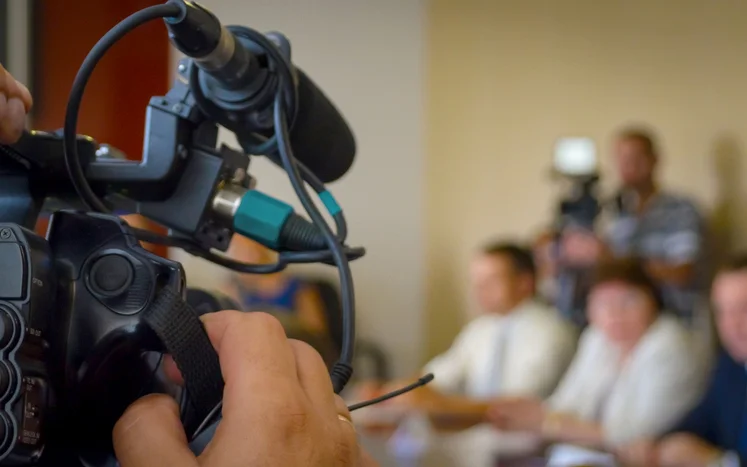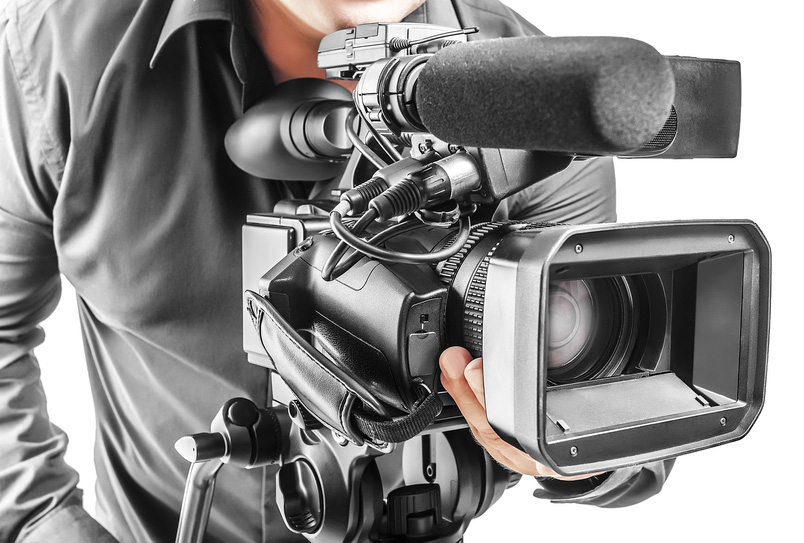Legal Videography: A Crucial Tool for Ensuring Courtroom Transparency
Legal Videography: A Crucial Tool for Ensuring Courtroom Transparency
Blog Article
Why Lawful Videography Is Vital for Accurate Court Recordings
The function of legal videography in court settings can not be overemphasized, as it works as an essential tool for protecting the stability of court documents. By capturing both spoken and non-verbal interaction, it improves the clearness of witness statements and shows the subtleties of courtroom interactions. This thorough paperwork not only help in lowering potential misunderstandings but likewise sustains appellate reviews, consequently enhancing the judicial process. The implications of integrating lawful videography right into standard court room techniques raise essential inquiries regarding its wider impact on the legal system. What might these effects require?
Relevance of Visual Evidence
In the world of legal proceedings, the importance of aesthetic evidence can not be overstated. Aesthetic proof works as a powerful tool in establishing truths, proving statements, and boosting the total clarity of a case. This type of proof, that includes photos, video clips, and diagrams, can provide a tangible context that verbal summaries usually do not have, consequently providing juries and judges a more clear understanding of the scenarios surrounding a case.
Furthermore, visual evidence help in the retention of details. Human cognition is inherently visual, and people are most likely to bear in mind and understand details provided in a visual layout. In the courtroom, this can be essential, as compelling visual proof can sway point of views and enhance the story offered by legal agents.
In addition, the use of visual evidence can minimize misunderstandings and ambiguities that typically occur from spoken exchanges. By offering a straight depiction of events, aesthetic proof helps to eliminate subjective analyses and promotes a more unbiased evaluation of the facts. The integration of visual proof right into legal process not only enhances the stability of the judicial procedure but also enhances the likelihood of attaining a simply outcome.
Capturing Non-Verbal Signs
Making use of advanced videography strategies can significantly improve the capture of non-verbal signs during lawful procedures. Non-verbal communication, consisting of face expressions, body language, and eye call, plays a crucial function in sharing emotions and intentions that might not be explicitly mentioned in spoken testimony. legal videography. Legal videography employs high-definition electronic cameras and critical angles to make certain that these subtle signs are videotaped with clarity and precision
The capacity to examine non-verbal habits can supply useful context to declarations made during court sessions. A witness's reluctance or confidence can be translated with their position or motions, potentially affecting the jury's perception of reputation. In addition, the usage of close-up shots can help concentrate on an audio speaker's expressions, enabling for a much more nuanced understanding of the testimony.
Furthermore, integrating numerous electronic camera angles can produce a detailed sight of communications, highlighting dynamics in between parties involved. This diverse strategy not only improves the precision of the court document yet likewise help in protecting the honesty of the judicial process - legal videography. Eventually, capturing non-verbal signs through legal videography cultivates a richer, a lot more full representation of court procedures

Enhancing Statement Reliability
The integrity of statement can be significantly boosted via the use of top notch lawful videography. Video recordings offer as an unbiased medium that captures not only the spoken words of witnesses however additionally the nuances of their shipment, including tone, pacing, and emotional expressiveness. This complex documentation supplies a clearer understanding of the witness's integrity and intentions, which can be crucial in lawful proceedings.
Moreover, lawful videography minimizes the capacity for false Continued impressions that may emerge from written transcripts alone. When jurors can observe a witness's attitude and body movement combined with their testimony, they are better geared up to evaluate the authenticity and dependability of the evidence offered. This visual context can enhance the testimonial narrative, making it extra compelling and credible.
Furthermore, the existence of a video recording can prevent prospective inconsistencies in statement. Witnesses might be much more cautious in their statements when they recognize they are being taped, bring about more accurate and truthful accounts. In general, high-grade legal videography boosts the honesty of testament, ensuring that the court has accessibility to a full and honest representation of the truths as shared by the witnesses.
Sustaining Appeals and Reviews
Lawful videography plays a crucial function in supporting charms and evaluations by providing an extensive aesthetic record of court room procedures. This aesthetic documentation catches not only the spoken words of witnesses and attorneys but also the subtleties of body movement, intonation, and court characteristics. Such elements can be essential in understanding the context of testimonies and arguments presented.
In the appellate process, where the focus gets on errors of law and procedural justness, a video clip record can work as an essential tool for appellate courts. It allows judges to review the original test context, ensuring that decisions are based on a full understanding of the procedures. The capacity to aesthetically assess the behavior of witnesses or the interactions between events can reveal insights that written records may forget.

In addition, lawful videography can help in clearing up obscurities in testimonies or procedural rulings, consequently reinforcing the basis for an allure. By supplying a trusted, unbiased account of what transpired in court, lawful videography click here now not only sustains the stability of the legal procedure however also encourages all events included to make informed choices regarding their situations.
Improving Court Room Procedures
Enhancing court effectiveness, lawful videography improves procedures by offering prompt access to visual records of process. This innovation permits judges, lawyers, and courts to revisit crucial statement and proof, guaranteeing that all events have a clear understanding of the situation. By recording the nuances of spoken and non-verbal communication, videography improves the record, a knockout post making it much easier to realize the context and weight of testaments.

In addition, video recordings can assist in remote involvement in hearings, enabling higher adaptability in organizing and engagement, which is especially beneficial in complicated instances involving several stakeholders.
Final Thought
To conclude, legal videography plays a crucial duty in ensuring accurate court recordings by giving important aesthetic proof that catches both spoken and non-verbal interaction. This technique improves the integrity of testaments, supports appellate reviews, and simplifies courtroom procedures. By cultivating a detailed understanding of courtroom dynamics, legal videography ultimately adds to more equitable judicial outcomes, strengthening the honesty of the legal system and facilitating educated decision-making.
Report this page